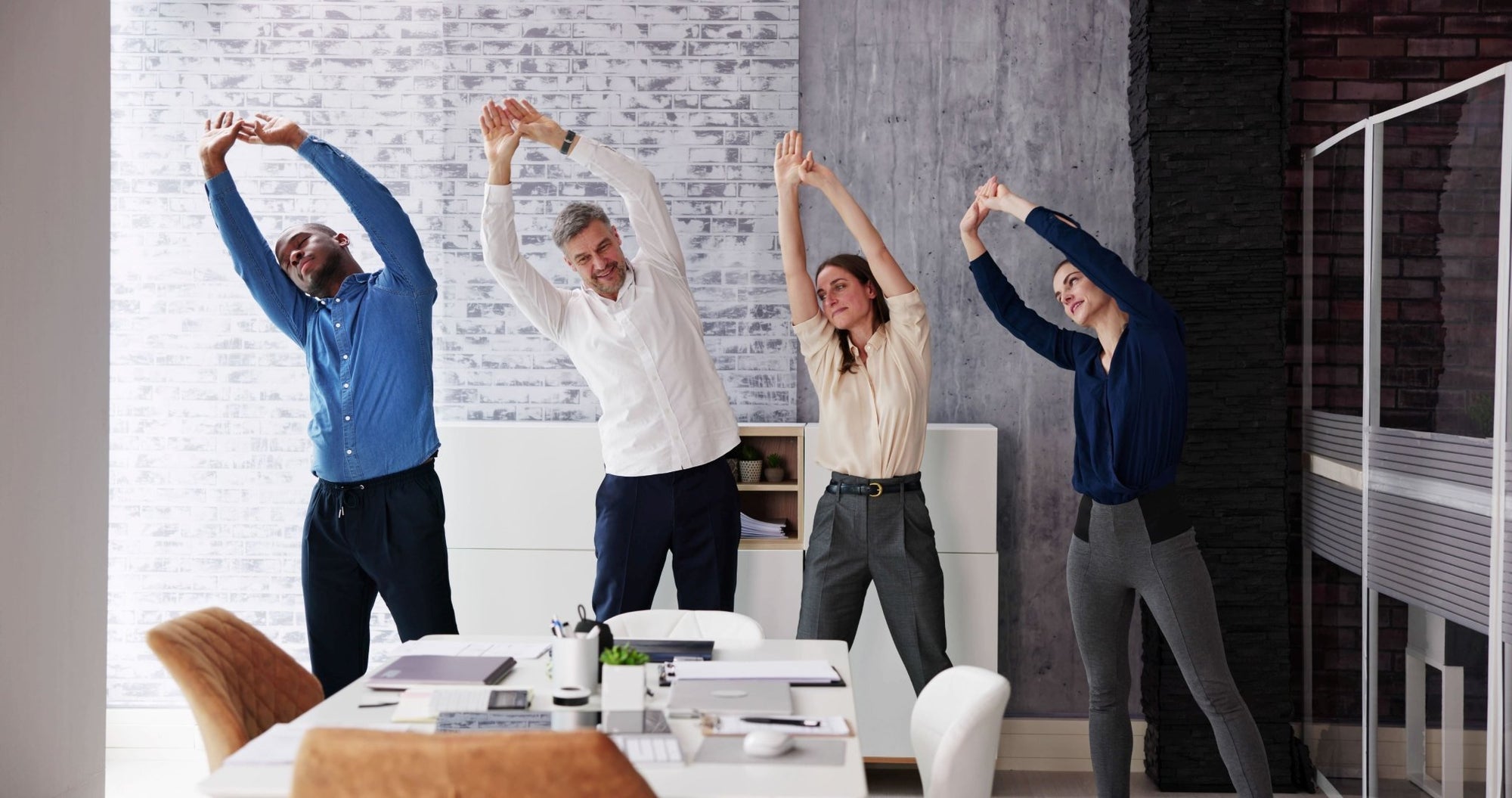Where and what are your joints doing when you do mobility work? Why is this an important but ignored aspect?
All too often I see people stretching with little understanding of their joint positioning. Unfortunately, this is also something that trainers frequently overlook. Proper joint alignment is necessary in order to ensure that you’re effectively targeting the desired tissue(s). We also want to be aware of compensations that may occur at other junctures that allow for greater, but false, range of motion (ROM).

For this article, we’re going to look at hamstring and hip flexor stretches.
Supine Hamstring Stretch
The first example that we’ll delve into is the supine (on your back) hamstring stretch. Client A grabs a stretching strap, attaches it around his/her foot and then proceeds to pull the right leg up towards the ceiling.

One of the first things we notice is that Client A’s left leg externally rotates to allow for a greater ROM as the right leg elevates. This gives an inaccurate reading of Client A’s true hamstring ROM. If Client A actively works to prevent external rotation of the left leg and maintains neutral or even slightly internally-rotated position, then the ROM on the right leg will significantly decrease. Now, we have a much more accurate read out of how much length the right hamstring can achieve.
A second compensation that we often see in this movement is a flexing of the right knee as Client A pulls on the strap to lift the leg. Remember that the user often lacks the understanding and/or body awareness of what his/her body is doing to allow for greater ROM. The task is to lengthen that tissue line so the brain is going to allow the client to perform the task to the best of his/her ability, which often requires compensations to take place.
The best thing for the client to do in this situation is to lift the right leg only as high as they can keep the knee in extension. Anything beyond that is superfluous. Once we’ve brought awareness and proper joint position to Client A, then we have the client utilize an isometric contraction.
Enhance Your Stretching & Start Moving Better with a Set of Training Sticks
Hip Flexor Stretch
The next example is the hip flexor stretch, or couch stretch, as it’s often referred to. To begin this drill we ask the client to set up in a half-kneeling position. This setup is where we often spot the first misalignment.
In this example, we’ll refer to the right hip flexor. We often see the client externally rotate the right hip (right foot turning in towards the midline) when they get into the half-kneeling position. This is done in order to give the client a more stable base of support (tripod position).

The problem is that the client will be accessing medial tissues, not the anterior tissue, if this positioning is maintained during the stretch. We need the client’s right hip to be facing 12 o’clock (neutral) or even slightly internally rotated to get the desired outcome.
Let’s move upstream for the second aspect we want to review. The client needs to understand that a posterior pelvic tuck (PPT) is needed to achieve a stretch on the hip flexor.
A PPT is achieved when the top of the hip bone (ilium) rolls (pulls) backward and the bottom of the pelvis pushes forward. Instead, a lot of people end up extending through the lumbar (low back) spine. Unfortunately, this can create shearing and compression of the discs, which can lead to low back pain when this action is continuously utilized.
Something that we often see during the setup of the couch stretch is overextending of the anterior tissue line from the hip to the knee. The client is trying to stretch the right hip flexor, so they place the top of the right foot/ankle on an elevated surface or a wall and then slide down to their right knee.
This can be accompanied with the client making an excruciating face as a result of over-stimulation of the right quad tissues. If your brain perceives a threat before you’ve even started, then you’re definitely not going to be able to work on lengthening a tissue line. Your body will just be trying to protect itself in order to survive.
Due to the inability to extend the front of the hip, the bigger problem is that the client will most likely have to go into excessive lumbar extension to place the right knee on the floor. This has already placed the client in a bad spot before they’ve even had the ability to figure out what they’re trying to do. Their body is screaming for relief, so how can they even focus on the task at hand? If the client has really good access to hip extension, then they can progress to increasing the anterior angle by using an elevated platform.

Think of using a checklist of sorts when doing your stretches. Think of what tissues you’re targeting and what their lines of orientation are. Are the bones and joints in the proper positions and aligned in the most effective angles? While moving into the stretch, can you maintain the proper alignment? After all, the goal is to be efficient and effective in order to achieve optimal results.


